Car Rosary Beads
High quality car rosary beads for DIY projects. Bulk, high quality soft silicone beads. Perfect shapes round, hexagon cube.

Original price was: $13.99.$7.99Current price is: $7.99.
43% Off
Original price was: $16.99.$9.99Current price is: $9.99.
41% Off
Original price was: $17.00.$5.99Current price is: $5.99.
65% Off
Original price was: $20.00.$13.99Current price is: $13.99.
30% Off
Original price was: $16.99.$12.99Current price is: $12.99.
24% Off
Original price was: $11.99.$9.99Current price is: $9.99.
17% Off
Original price was: $20.00.$13.49Current price is: $13.49.
33% Off
Original price was: $14.00.$4.99Current price is: $4.99.
64% Off
Original price was: $14.99.$8.99Current price is: $8.99.
40% Off
Original price was: $17.00.$15.99Current price is: $15.99.
6% Off
Original price was: $20.00.$19.99Current price is: $19.99.
0% Off
Original price was: $21.00.$18.99Current price is: $18.99.
10% Off
Original price was: $12.00.$9.99Current price is: $9.99.
17% Off
Original price was: $12.00.$9.99Current price is: $9.99.
17% Off
Shop Silicone Beads
Shop By Category
Learn to Bead With Us
Beading Tutorials – Tips and Tricks
Subscribe now and get special offers
From Our Blog
OUR MOST RECENT POSTS
Subscribe to our newsletter and get 10% Off!
Clever Beads
Category Description - Car Rosary Beads
More on Car Rosary Beads
Auto rosaries are typically one decade rosaries with clip to enable hanging from the rear view mirror or console of the car. Create yours by using our bulk car rosary beads . Having a rosary close to you while driving can give you much needed patience.
The Rosary[1] (/ˈroʊzəri/; Latin: rosarium, in the sense of "crown of roses" or "garland of roses"),[2] also known as the Dominican Rosary[3][4] (as distinct from other forms of rosary such as the Franciscan Crown, Bridgettine Rosary, Rosary of the Holy Wounds, etc.), refers to a set of prayers used primarily in the Catholic Church, and to the physical string of knots or beads used to count the component prayers. When referring to the prayer, the word is usually capitalized ("the Rosary", as is customary for other names of prayers, such as "the Lord's Prayer", and "the Hail Mary"); when referring to the prayer beads as an object, it is written with a lower-case initial letter (e.g. "a rosary bead").
The prayers that compose the Rosary are arranged in sets of ten Hail Marys, called "decades". Each decade is preceded by one Lord's Prayer ("Our Father"), and traditionally followed by one Glory Be. Some Catholics also recite the "O my Jesus" prayer after the Glory Be; it is the best-known of the seven Fátima prayers that appeared in the early 20th century. Rosary prayer beads are an aid for saying these prayers in their proper sequence.
Usually, five decades are recited in a session. Each decade provides an opportunity to meditate on one of the Mysteries of the Rosary, which recall events in the lives of Jesus Christ and his mother Mary.
In the 16th century Pope Pius V established a standard 15 Mysteries of the Rosary, based on long-standing custom. This groups the mysteries in three sets: the Joyful Mysteries, the Sorrowful Mysteries, and the Glorious Mysteries. In 2002, Pope John Paul II said it is fitting that a new set of five be added, termed the Luminous Mysteries, bringing the total number of mysteries to 20. The mysteries are prayed on specific days of the week; with the addition of the Luminous Mysteries on Thursday, the others are the Glorious on Sunday and Wednesday, the Joyful on Monday and Saturday, and the Sorrowful on Tuesday and Friday.
Over more than four centuries, several popes have promoted the Rosary as part of the veneration of Mary in the Catholic Church,[5] and consisting essentially in meditation on the life of Christ.The rosary also represents the Catholic emphasis on "participation in the life of Mary, whose focus was Christ", and the Mariological theme "to Christ through Mary".
Catholic Car Rosary
Schematic representation of the Catholic Rosary: *brown: Sign of the Cross and Apostle's Creed *blue: Our Father *blue/medium blue: Introduction of the relevant Mystery and Our Father *pink: Hail Mary *pink/dark pink: Hail Mary, Glory Be and Fatima Prayer *yellow: Hail Holy Queen and Sign of the Cross
Basic structure - The structure of the Rosary prayer, recited using the rosary beads, is as follows:
- The Rosary is begun on the short strand:
- The Sign of the Cross (sometimes using the cross or crucifix);
- The Apostles' Creed (the cross or crucifix is held in the hand);
- The Lord's Prayer at the first large bead (for the needs of the Catholic Church and the intentions of the reigning pope);
- The Hail Mary on each of the next three beads (for the three theological virtues: faith, hope, and charity);
- The Glory Be in the space before the next large bead; and
- The Lord's Prayer at the second large bead.
- The praying of the decades then follows, repeating this cycle for each mystery
- Announcing the mystery (e.g. "The First Glorious Mystery is the Resurrection of Jesus.");
- The Lord's Prayer on the large bead;
- The Hail Mary on each of the ten adjacent small beads;
- The Glory Be on the space before the next large bead (often followed by the Fatima Prayer).
Common pious additions to the Rosary are sometimes inserted after each decade and after recitation of the Salve Regina. Instead of ending each decade with the Gloria Patri, Pope Pius IX would add: "May the souls of the faithful departed, through the mercy of God, rest in peace."
Some Catholics piously add the Fatima Prayer after the Gloria Patri, still on the large bead. Some add the Miraculous Medal prayer which begins "O Mary, conceived without sin…", while others add the Eucharistic prayer "O Sacrament Most Holy, O Sacrament Divine, All praise and all thanksgiving be every moment Thine" in honour of Jesus in the Blessed Sacrament. In the practice of the Brothers of the Christian Schools, there is a sixth decade for the intentions of the students, or the Virgin Mary.
Q and A on car Rosary Beads
Q: What are car rosary beads used for?
A: Car rosary beads are used to make auto rosaries.
Q: How many beads are there on a car rosary?
A: A car rosary typically has 15 car rosary beads in total, similar to a traditional Catholic rosary, but it's designed to be more compact for use in a vehicle. These beads are often divided into sections for easier use during prayer or meditation, with a larger bead or pendant at the end to signify the closing prayer. While the design can vary, the 15 beads make it manageable for people to hold and use while driving or when they need a quick moment of spiritual reflection.
Q: How do you use car rosary beads during prayer?
A: Here’s a simple guide to using the beads:
- Hold the prayer rope with the leading bead (the larger bead or knot) between your fingers.
- Begin by saying the Jesus Prayer: "Lord Jesus Christ, Son of God, have mercy on me, a sinner."
- As you say the prayer, move from bead to bead, reciting the prayer once for each bead.
- When you reach the final bead, you’ve completed one cycle of prayer. You may choose to repeat this cycle multiple times.
- Some may incorporate other prayers or spiritual thoughts between cycles, depending on personal devotion.
Q: What are the benefits of using car rosary beads?
A:
- Focus and discipline: They help keep the mind focused during prayer, reducing distractions.
- Rhythm: The repetitive nature of the prayer creates a rhythm that helps the user go deeper into prayer and meditation.
- Spiritual connection: Repeating prayers can bring the person closer to God and allow them to live more intentionally in faith.
- Physical engagement: Holding the beads and counting them creates a physical connection to the prayer, which can help in staying present.
Q: Is there a particular way to hold the prayer beads during use?
A: Yes, generally:
- Hold the prayer beads in your left hand (for right-handed people), using your thumb and middle finger to move from bead to bead.
- You can use the thumb to slide each bead through your fingers while saying the prayer.
- Some people also find it helpful to hold the prayer rope in their right hand, particularly if they are using the prayer beads in a way similar to the rosary.
Q: How can someone make their own car rosary?
A: Making your own prayer beads is a personal and spiritual process, and many people find it meaningful to create a prayer rope as part of their spiritual journey. Here’s a general process for making a simple komboskini:
- Materials: You’ll need wool thread (traditionally), wooden beads (optional), and a cross or larger bead for the start and end.
- Knotting: Tie each knot carefully, keeping them uniform in size.
- Adding the cross: At the end or beginning of the rope, attach a small wooden cross or larger knot.
- Blessing: After completing the prayer beads, it’s customary to have them blessed by a priest before use.
Q: Can the car rosary beads be used for other prayers besides the Jesus Prayer?
A: Absolutely! While the Jesus Prayer is the most common, many Orthodox Christians use their prayer beads to recite other prayers, such as:
- The Lord’s Prayer
- Hail Mary (in some traditions)
- Prayers for the sick, departed loved ones, or personal petitions.
The beads serve as a tool for any repetitive prayer or devotion that helps focus the mind and spirit.
Q: What should I do if I feel distracted during prayer with beads?
A: It’s natural for the mind to wander during prayer. If you feel distracted:
- Refocus: Gently bring your attention back to the prayer, even if you’ve lost your place.
- Don’t be hard on yourself: Prayer is about the intention and the relationship with God, not perfection.
- Increase your awareness: Some people find it helpful to pause and reflect on the meaning of the words of the prayer after each cycle.






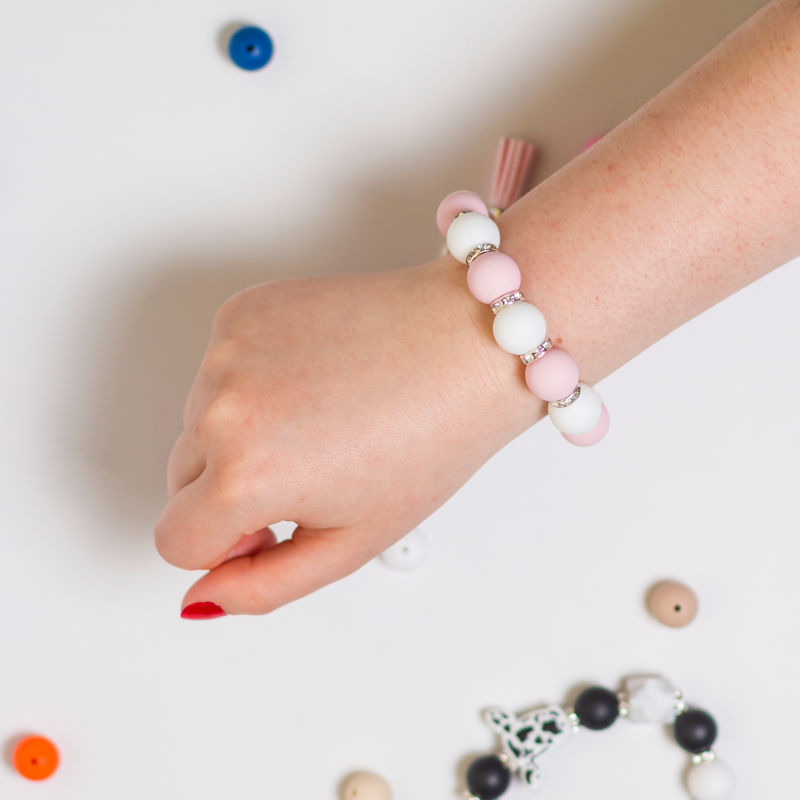
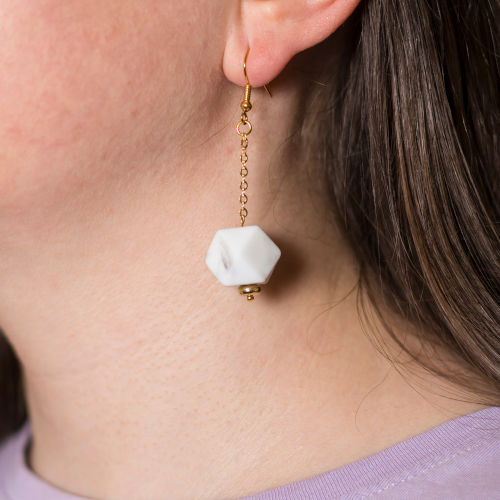

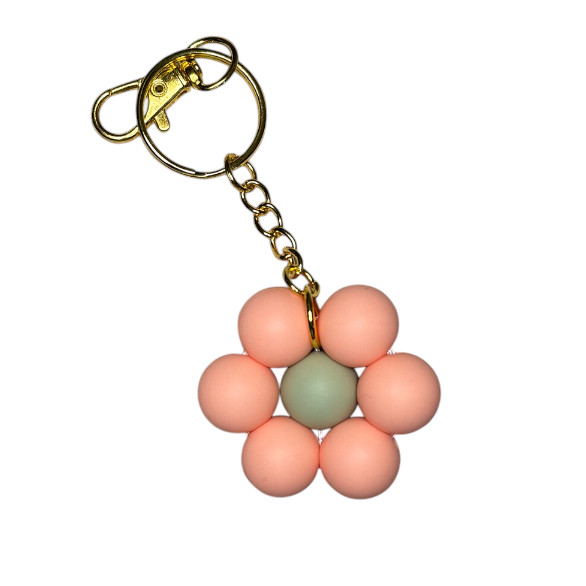
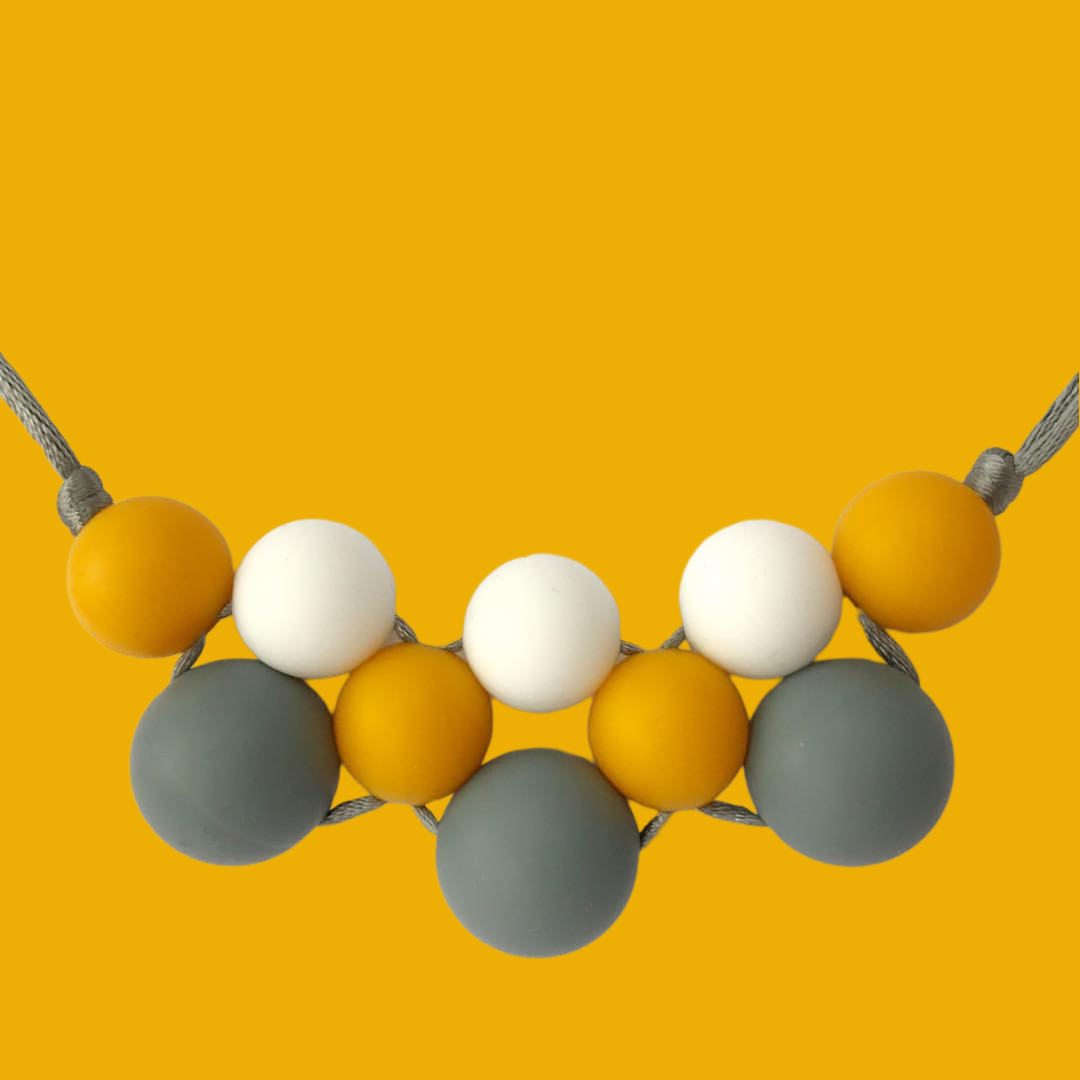

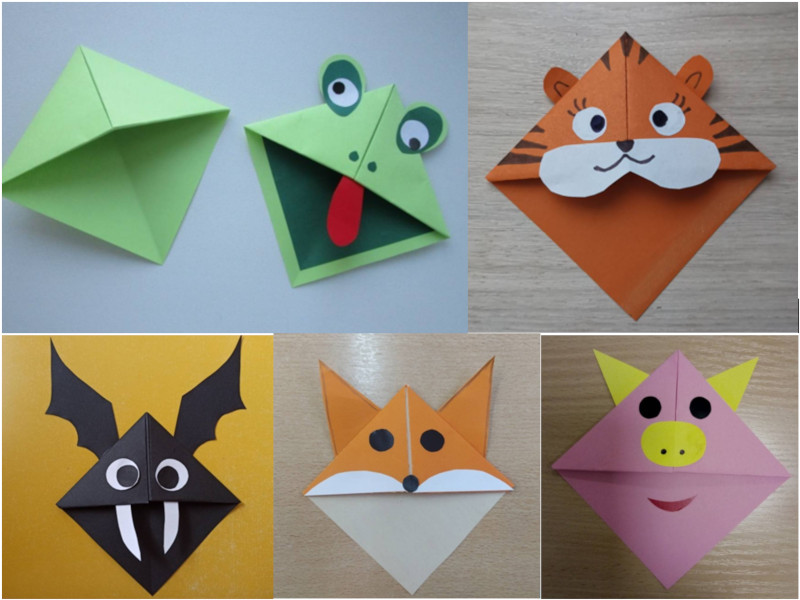















Pam says:
BettySweet says:
Happy Crafter says: